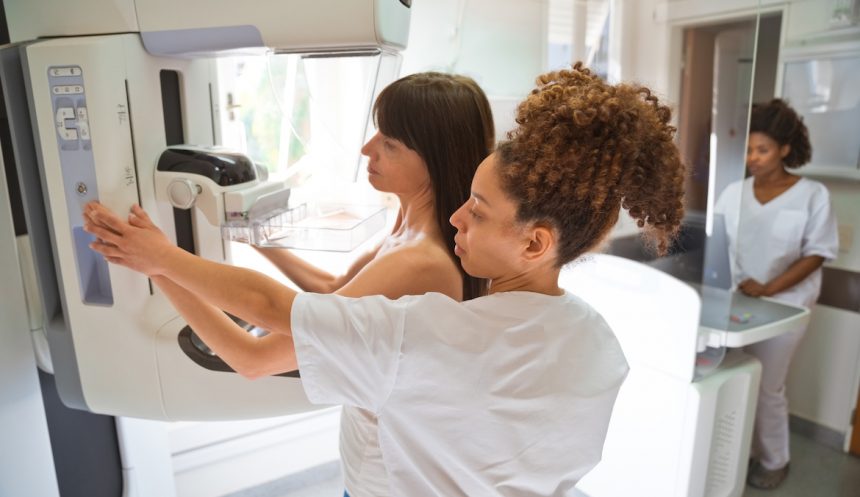Many people who receive regular mammograms will now see a change in their radiology reports as providers are required to provide more detailed information about breast density status. The Food and Drug Administration implemented new regulations starting September 10 to ensure radiologists inform patients about their breast density. Having dense breasts, containing less fatty tissue and more fibroglandular tissue, increases the risk of developing breast cancer and makes detection more challenging. About half of women over 40 have dense breast tissue, which can change over time. Factors such as pregnancy, breastfeeding, hormone replacement therapy, and lower body weight can also contribute to denser breasts. Dr. Wendie Berg emphasizes that understanding breast density should be empowering, enabling women to make informed decisions about additional screening beyond mammograms based on their individual risk factors and preferences. Breast density falls into four categories: fatty, scattered, heterogeneously dense, and extremely dense, with the latter two posing higher cancer risks. Dense tissue can mask cancers on mammograms due to their similar appearance. For instance, JoAnn Pushkin’s cancer was missed in routine mammograms until it reached a later stage requiring aggressive treatment. Informing patients about their breast density status is crucial to allow for informed decisions on further testing or supplemental imaging. Dr. Berg recommends 3D mammograms for better detailed imaging and supplemental exams like breast MRI to detect cancers in dense breast tissue that may be missed in traditional mammograms. While the new FDA mandate is a positive step, the cost of supplemental screening remains a concern. Pushkin and other advocates are working on a federal law to ensure insurance coverage for supplemental screening at no additional cost, preventing unnecessary tragedies due to undetected cancers in dense breast tissue.





